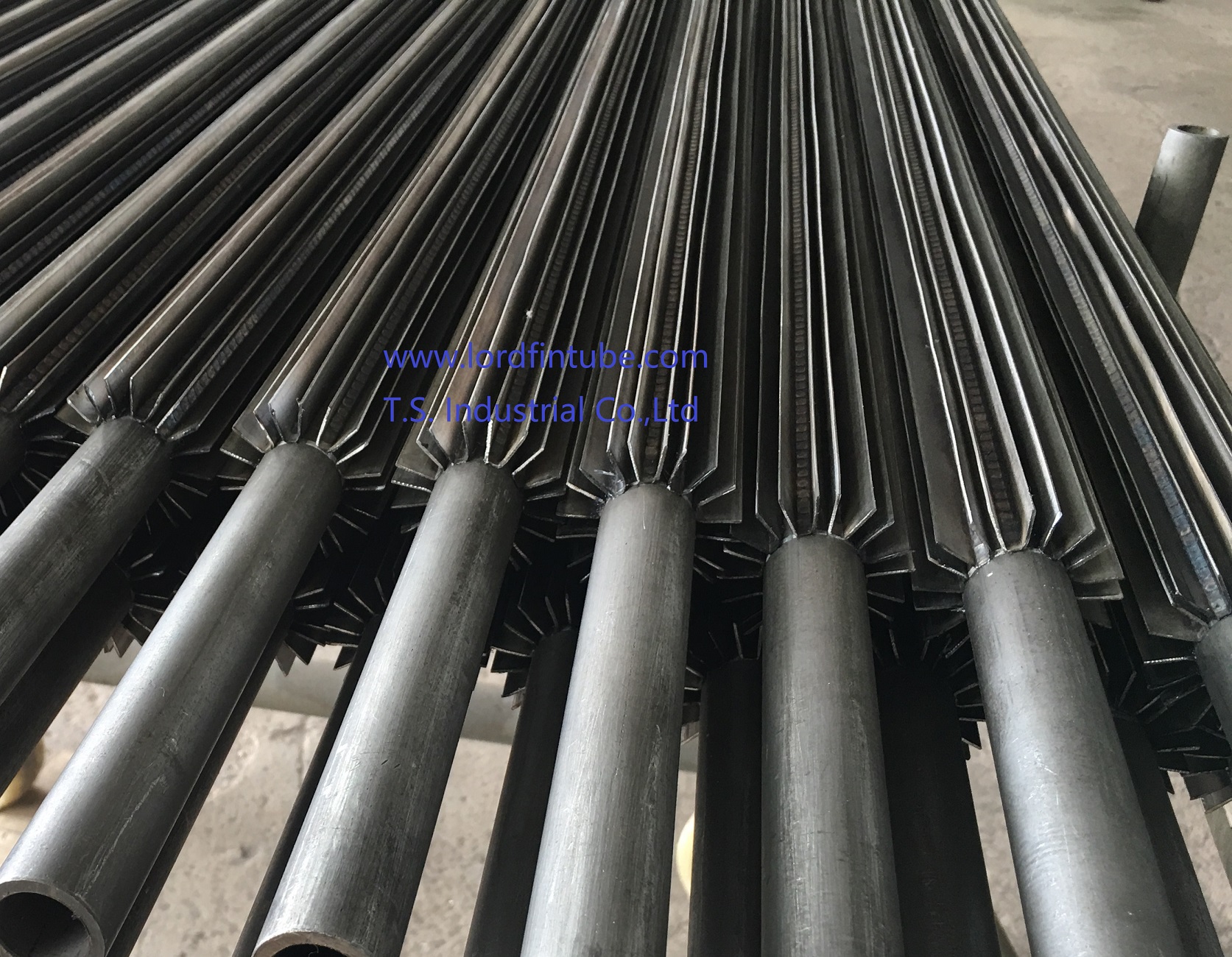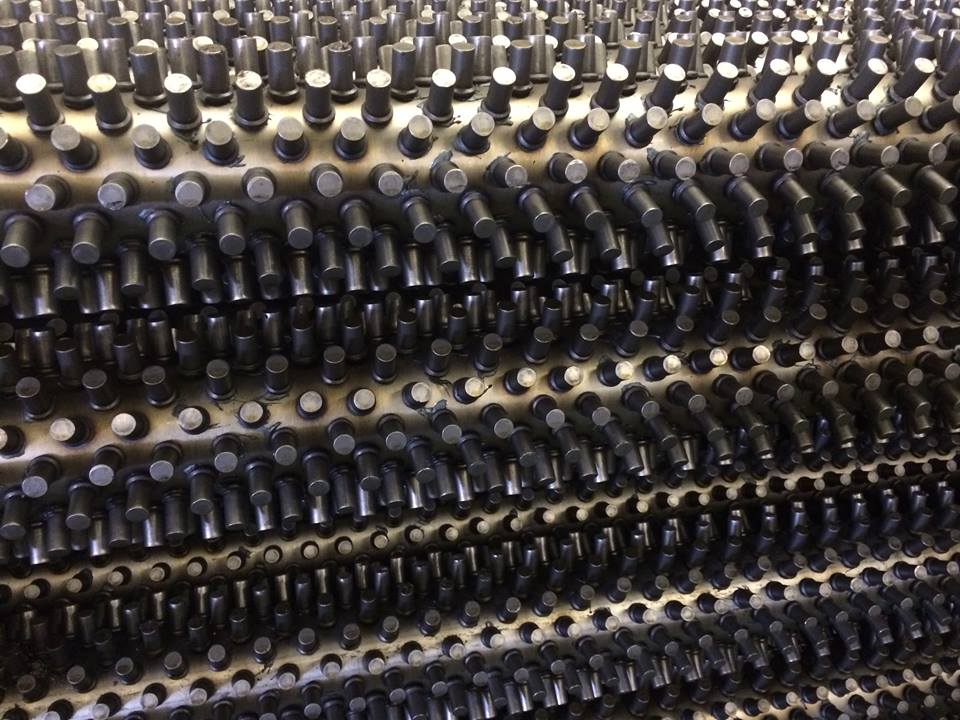Vacuum furnace heat exchanger and finned tubes used
The heat exchange principle of the vacuum heating furnace is to heat the hot water medium in the drum to vaporize and generate steam through phase change heat transfer technology. The steam contacts the coil wall which is lower than its saturation temperature, releases the latent heat of vaporization, condenses into droplets, and then returns to the liquid phase to realize energy transfer and conversion.
1.Composition structure
The radiator of a vacuum furnace usually consists of the following parts:
①Heat dissipation substrate
Material: high thermal conductivity materials (such as copper, aluminum alloy) or high temperature resistant materials (such as graphite, molybdenum, tungsten).
Function: direct contact with heat source or heating element, absorb and conduct heat.
②Heat dissipation fins/fins
Design: improve the efficiency of radiation heat dissipation by increasing the surface area, usually in a thin sheet or honeycomb structure.
Material: high temperature oxidation resistance is required, common materials are stainless steel or nickel-based alloy.
③Cooling channel
Water cooling/air cooling system: built-in pipes are used to pass cooling medium (water, argon, etc.) to take away heat through circulation.
Vacuum compatibility: sealed design is required to prevent leakage of cooling medium and contamination of vacuum environment.
④Heat shielding layer
Multi-layer reflective structure: composed of molybdenum sheets, stainless steel, etc., to reduce heat radiation loss and optimize thermal field uniformity.
⑤Connecting parts
Thermal conductive bolts, sealing flanges, etc., ensure stable connection between the radiator and the furnace body and heat source.
2.Types of finned tubes in vacuum furnace heat exchangers and reasons for their selection
①Longitudinal finned tube: A continuous radiation surface is formed by parallel arranged fins, which is suitable for uniform thermal field.

Longitudinal finned tube
②Nail head fin tube: The surface area is expanded to 5~10 times of the base tube through high-density protrusions, significantly improving the radiation efficiency.

Nail head fin tube
In a vacuum, convective heat dissipation is almost zero, and the finned tube needs to improve the radiation heat dissipation capacity by increasing the surface area and surface emissivity (such as roughening or coating).
The selection of finned tubes in vacuum furnace heat exchangers needs to comprehensively consider radiation efficiency, high temperature resistance, material compatibility and economy. Longitudinal finned tubes and pin-finned tubes are the mainstream due to their high surface area and resistance to extreme temperatures, while spiral and annular finned tubes have advantages in specific cooling scenarios.

